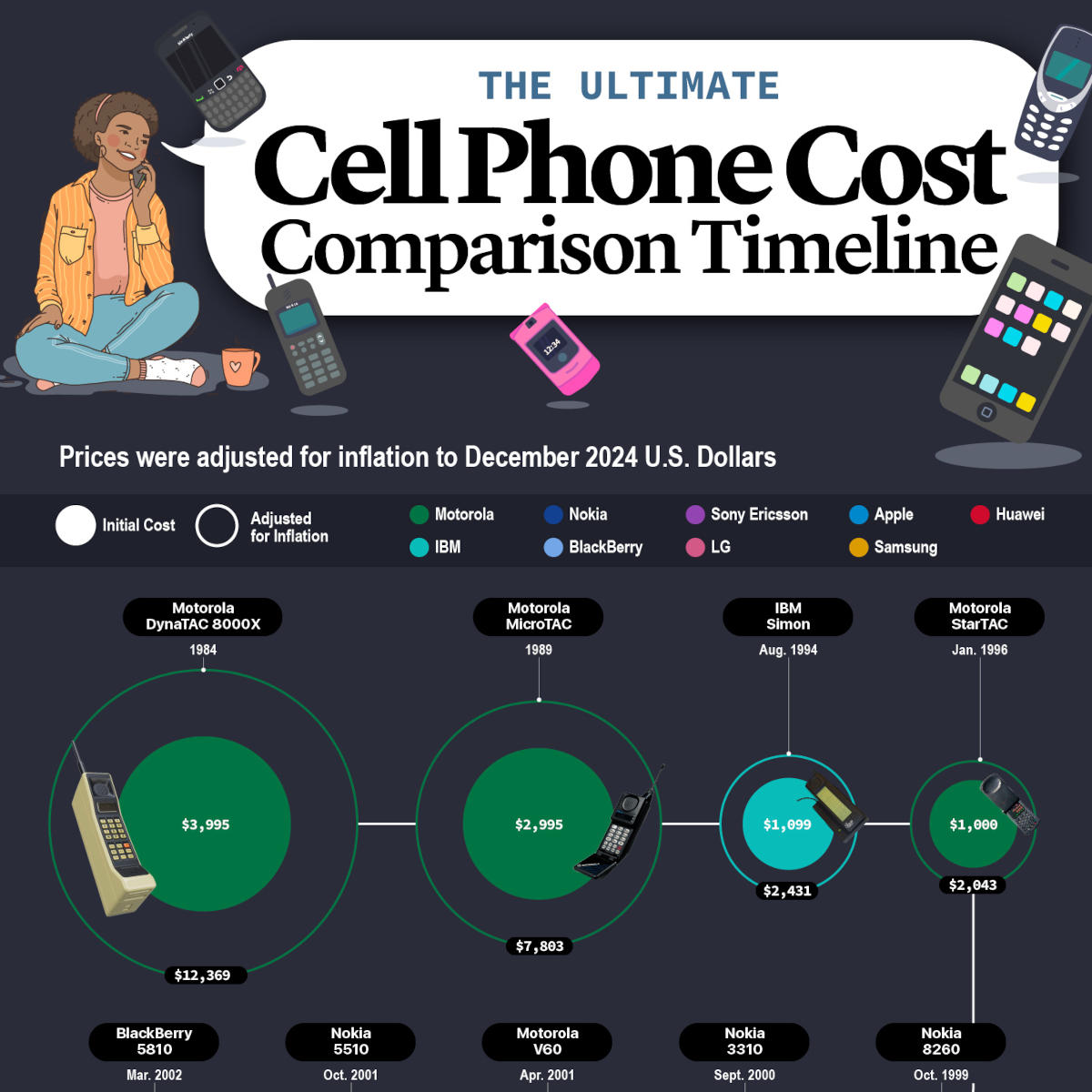Tech Trends in 2019: Cloud Phone Systems for Enterprise

Only about a third of businesses are using enterprise phone systems. However, across all areas of business technology, 96 percent of companies use the cloud. This differential is one of the reasons Tech Target predicts that in 2019, more business phones will move to the cloud.
Are you thinking about taking a cloud-first approach to your enterprise phone system? Learn more about hosted PBX technology, as well as how it can help your business.

REDPIXEL – stock.adobe.com
How Does a Cloud Phone Differ from a Traditional PBX?
A PBX phone system is shorthand for private branch exchange, and traditional PBX systems are on-site networks of phone wires that allow for employee connectivity. Calls can be transferred between extensions, and departments can work together to field incoming calls.
The functionality of PBX phones systems has provided the backbone of enterprise communications, helping staff to communicate with each other, with prospects, and with existing clients.
However, your business communications can get a digital upgrade by moving to the cloud.
A cloud-based phone system goes by many different names. It can be called a virtual phone system, a hosted PBX, a cloud VoIP system, Unified Communications as a Service (UCaaS), or cloud PBX. All these names refer to a phone system that’s no longer relying upon a traditional network of hard-wired telephone lines. Instead, phone conversations are transmitted over your internet connection.
From a user’s perspective, the calling experience can be the same. Staff still can use desk handsets to dial phone numbers as usual. However, moving to a cloud PBX unlocks more affordable access to functionality that previously required expensive upgrades and hardware to maintain.
Moving to a cloud PBX can align your communications tools with today’s business practices. For example, the use of other cloud technologies has allowed businesses to increasingly conduct business on mobile devices, including email, chat, or accessing files on private cloud servers or with providers such as Dropbox.
Having a cloud-based business phone system can provide the same type of anywhere access. With a business calling app, staff can use their cell phone to have full access to their work phone line. The mobile app doesn’t interfere with or replace the device’s primary phone line, but instead adds on the ability to make and receive work calls in real time. The result is the flexibility of mobile access paired with the consistency and regulatory compliance of keeping work conversations on a business line.

Rawpixel.com – stock.adobe.com
How Does Business Size Affect Cloud Phone Needs?
Different sizes of businesses will have different priorities and different infrastructure demands.
Typically, small businesses prioritize lightweight solutions that are flexible and scalable. Medium-sized businesses also need flexibility but often seek to integrate with the communications infrastructure and high-tech tools of an enterprise-scale system.
Enterprises need large-scale deployment solutions. Often, this involves multi-site systems or remote enterprise call center platform. Enterprise communication can also see a compounded benefit by deploying automation.
However, some communication needs to stay the same across all business types. For all businesses, phone systems need to be reliable, and phone calls need to be high quality. Ooma’s small business phone systems, has been selected as the #1 VoIP phone in PC Magazine’s Business Choice Awards for the past nine years. In 2020, Ooma led in categories of overall reliability, call quality, and the likelihood of businesses to recommend the service.
What Are the Advantages of Moving Your Phone to the Cloud?
The benefits of an IP PBX are largely a result of the behind-the-scenes functionality of how a cloud-based phone system works. By moving your enterprise communications to the cloud, you gain the following advantages of UCaaS:
Features: Moving from a traditional PBX to a cloud solution offers a wide set of digital tools. Advanced features can include auto attendants, integrated video conferencing, and more.
Ease of use: Just as with other enterprise technology trends, a cloud-based phone system frees up your IT team to focus on mission-critical tasks rather than basics such as running phone lines for new employees.
Flexible interface: Rather than a traditional deployment where business lines are directed only to desk phones, cloud phones give you many options for configurations and interfaces. Use a desk phone, app on a work-issued mobile device, app as a secondary line on an employee’s personal mobile phone, a web-based softphone on a laptop, or another connected gadget.
Integrations and automations: When you move your calls to the cloud, you’re able to access a strong set of powerful technology that can improve business productivity and efficiency. For example, integrating your cloud phone with other cloud apps could make it possible to set up automation to save call recordings directly to customer records in your CRM.
Analytics: When your phone system is digitized, you have countless data points that can be analyzed, which can result in on-the-ground optimization to maximize efficiency. For example, one major U.S. pizza chain used Ooma’s calling analytics to understand how each restaurant location differs in customer behavior.

metamorworks – stock.adobe.com
What Sets Ooma Enterprise Apart from Other Enterprise Solutions?
The Ooma Enterprise VoIP platform has distinct advantages. In particular, Ooma puts the customer’s needs first. Consider some ways that Ooma stands out:
Customization: When you’re managing voice communications for the scale of an enterprise, even small workarounds can become a big deal. No two enterprises have the same communications demands and infrastructure. With Ooma, your phone system can accommodate your business needs, rather than the other way around.
Ease to implement: At the scale of enterprise communications, a new phone system needs to work from day one. Any implementation problems can quickly become major situations. Your tech teams will start scrambling; internal operations could slow down, and customers could become agitated as they’re unable to get through to the customer support team. Ooma’s VoIP solutions, at all levels of service, are known for their ease of deployment.
Success hero: Each Ooma Enterprise customer is assigned a personal Success Hero to help navigate the ins and outs of the phone service. Rather than dividing business needs between Sales and Support, your single point of contact is able to help you manage upgrades, change services to accommodate new needs, and troubleshoot problems. Additionally, if tech support experts need to be brought in, you’ll have someone to help you through the whole process without passing the buck.
Global solution: Today’s global businesses need global solutions. The geographic distribution of Ooma’s network architecture provides the backend technology to provide the confidence of continuous availability.
After comparing Ooma Enterprise to Mitel, it’s easy to see how providers that offer a similar type of service can actually be very different. Ooma Enterprise leads in all categories, including backend tech infrastructure, the feature-rich user experience, and the white-glove support that’s available 24/7.
Learn more about how Ooma Enterprise can help you solve your business needs.



